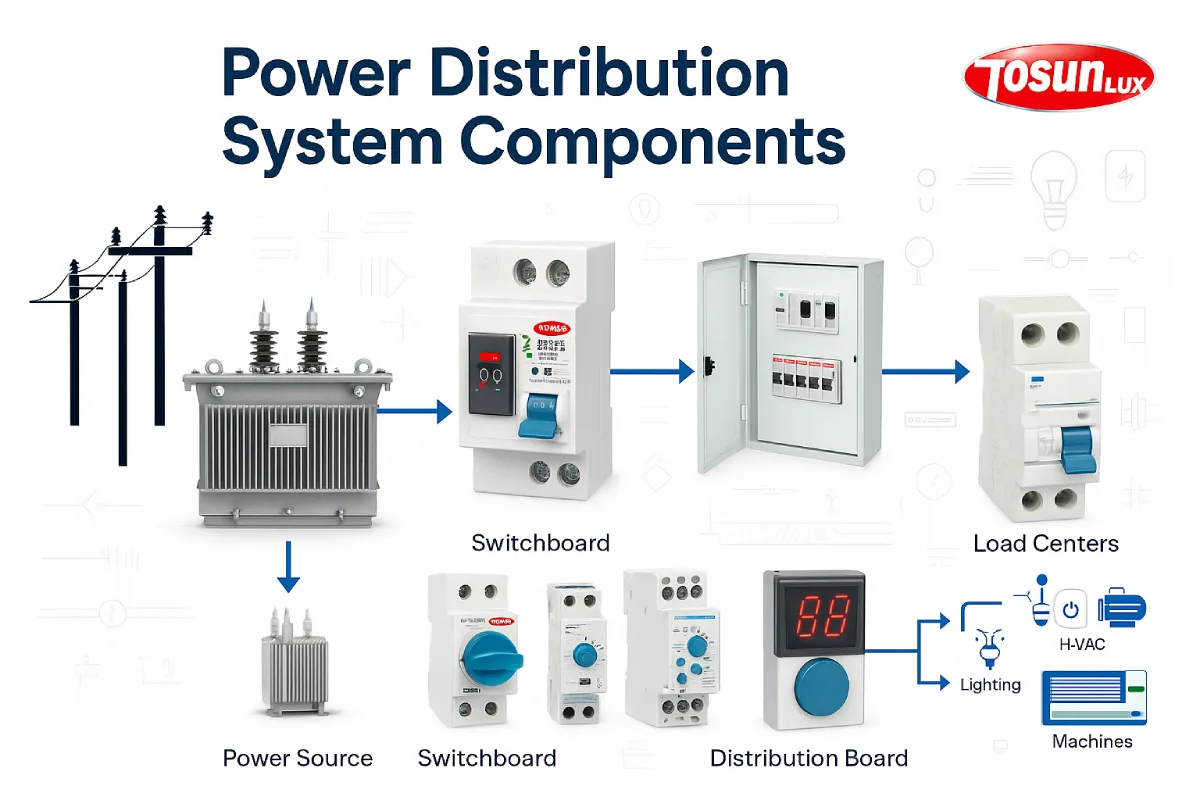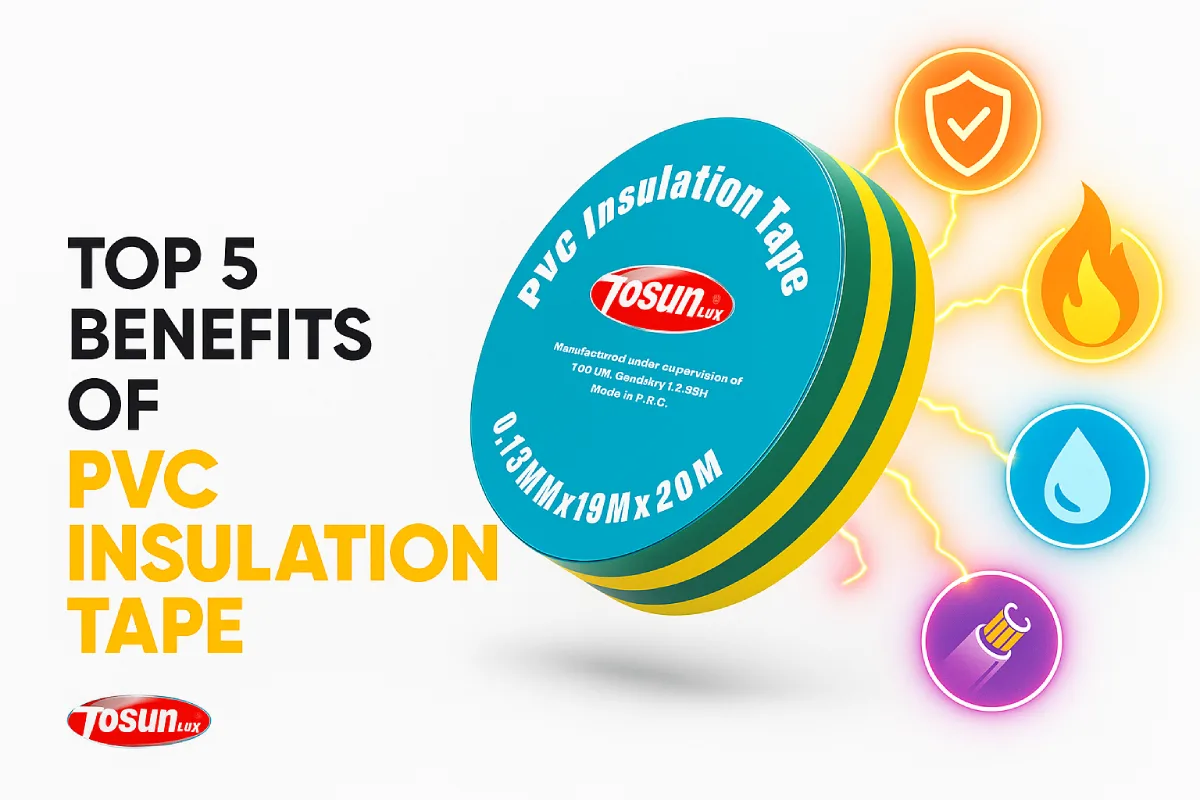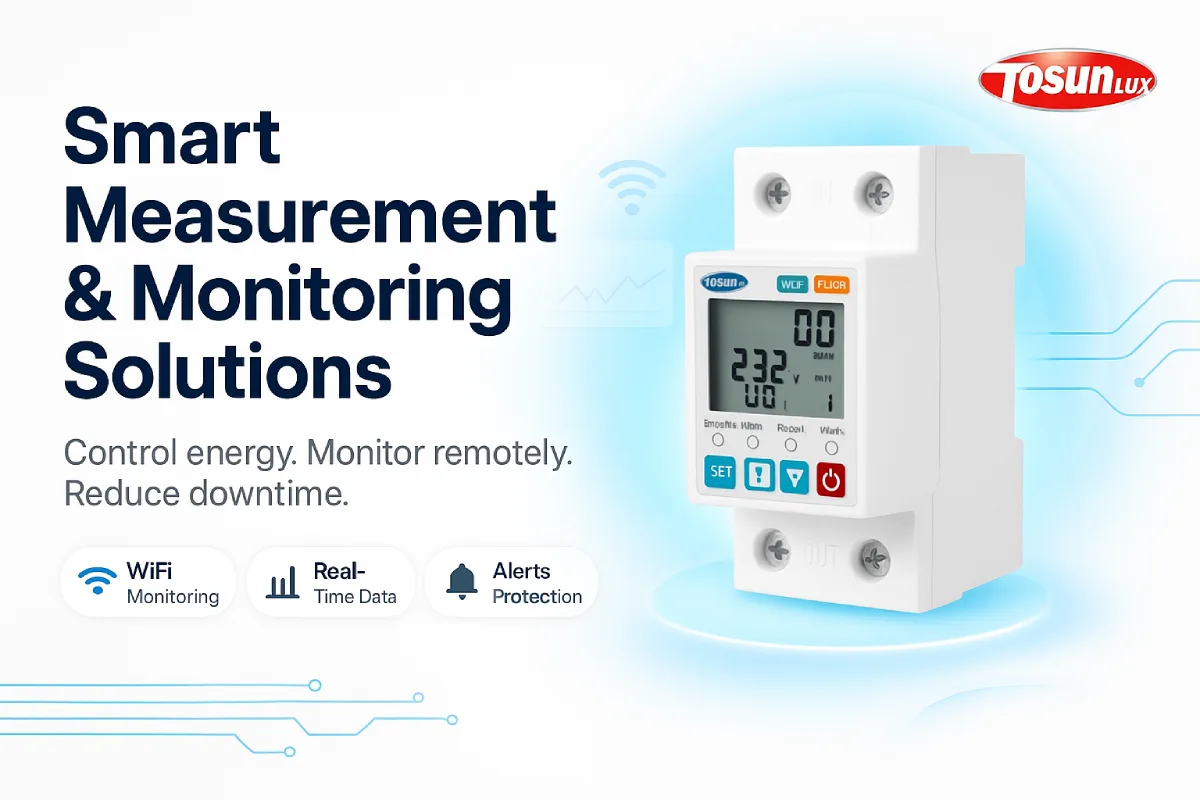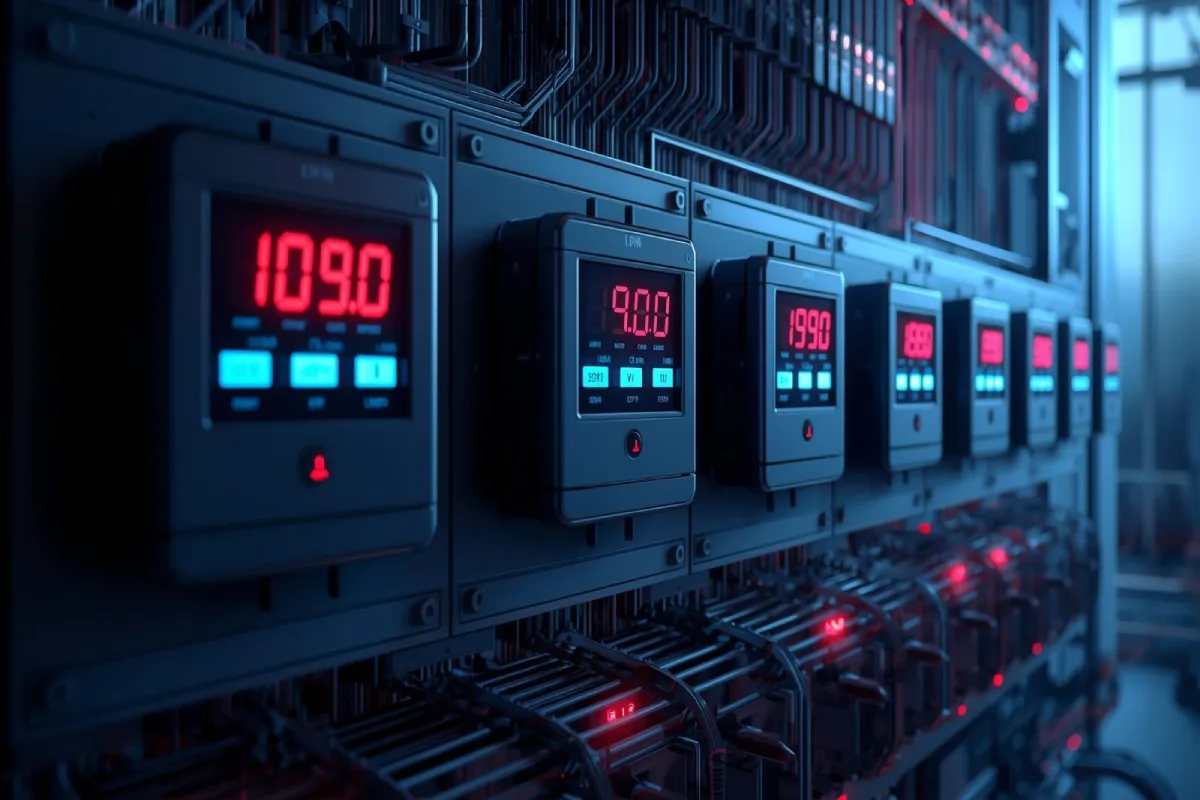Panduan Lengkap Komponen Sistem Distribusi Daya
20 November 2025
Komponen distribusi daya meliputi gardu induk, transformator, saluran distribusi, perangkat pelindung, dan peralatan kontrol. Komponen-komponen ini bekerja sama untuk menyalurkan listrik dengan aman dari jaringan ke pengguna akhir. Sistem ini bergantung pada pemutus sirkuit dan peralatan pemantauan untuk menjaga aliran daya yang andal. Apa Saja Komponen Sistem Distribusi Daya? Sistem distribusi daya menerima listrik tegangan tinggi dari jaringan transmisi. Kemudian, sistem ini mengubah daya tersebut ke tingkat tegangan yang dapat digunakan. Sistem ini mendistribusikan listrik ke beberapa sirkuit sambil melindungi peralatan dari gangguan. Jenis Komponen Fungsi Utama Rentang Tegangan Khas Aplikasi Umum Gardu Induk Pengurangan dan kontrol tegangan 66kV hingga 11kV Titik antarmuka jaringan Transformator Transformasi tegangan 11kV hingga 120/480V Distribusi ke pengguna akhir Saluran distribusi Transmisi daya 11kV hingga 400V Feeder, distributor, saluran utama Perangkat pelindung Deteksi dan isolasi gangguan Semua tingkat tegangan Perlindungan sistem Peralatan sakelar Kontrol dan pengalihan 600V hingga 38kV Kontrol distribusi daya Gardu Induk: Pusat Pengurangan Tegangan Gardu induk adalah fasilitas tempat tegangan transmisi dikurangi ke tingkat distribusi. Gardu induk tipikal menerima daya pada tegangan 66kV atau 132kV. Tegangan ini kemudian diturunkan menjadi 11kV atau 33kV untuk jaringan distribusi lokal. Anda akan menemukan transformator daya yang menangani konversi tegangan. Pemutus sirkuit menyediakan kemampuan pensaklaran dan perlindungan terhadap gangguan. Rakitan switchgear mengontrol aliran daya ke berbagai saluran distribusi. Relai proteksi memantau kondisi dan memicu pemutus sirkuit ketika terjadi masalah. Gardu induk modern menggunakan otomatisasi untuk mendeteksi gangguan dan memulihkan daya dengan lebih efisien. Transformator dalam Sistem Distribusi Transformator mengubah tingkat tegangan di berbagai titik di seluruh jaringan distribusi. Berbagai jenis transformator memiliki fungsi spesifik. Transformator Distribusi Transformator distribusi mengurangi tegangan distribusi primer ke tingkat yang dapat digunakan konsumen […]
Baca selengkapnya : +86-139 0587 7291
: +86-139 0587 7291 Bahasa inggris
Bahasa inggris Bahasa Spanyol
Bahasa Spanyol Rusia
Rusia Perancis
Perancis العربية
العربية Portugis Brasil
Portugis Brasil Ukraina
Ukraina Bahasa Turki
Bahasa Turki Bahasa Polandia
Bahasa Polandia Belanda
Belanda Bahasa Italia
Bahasa Italia Bahasa Indonesia
Bahasa Indonesia Bahasa Hindi
Bahasa Hindi اردو
اردو 08:00
08:00 Tambah
Tambah Tidak ada
Tidak ada Mongol
Mongol Bahasa Inggris
Bahasa Inggris Bahasa Inggris Shqip
Bahasa Inggris Shqip Yunani
Yunani









